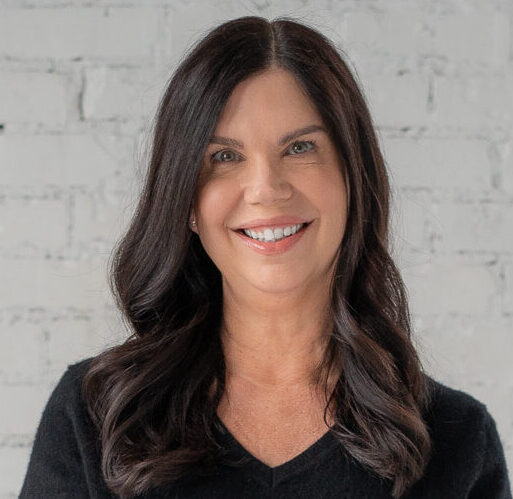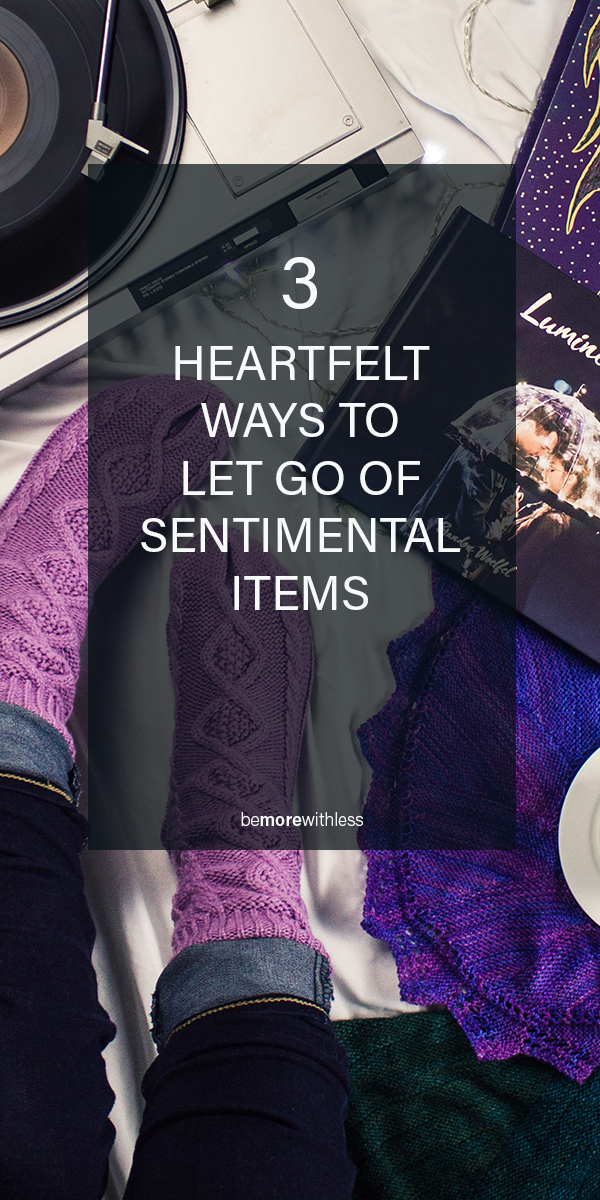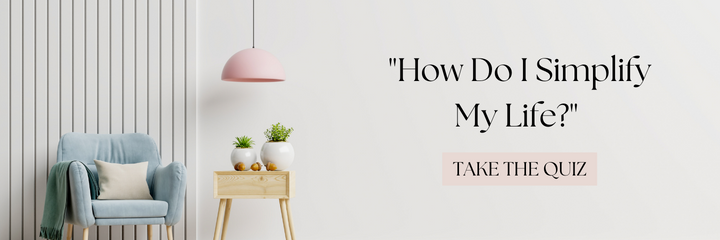If you are struggling to let go of sentimental items, you are not alone.
I resisted that category of clutter for years because as a very sentimental person, everything felt sentimental. It all had meaning to me.
In addition to everything my parents saved for me, I started storing my memories in the third or fourth grade. I kept going for decades. Diaries, notes passed in school, ticket stubs, mix tapes, love letters, t-shirts, photos, and all of the other bits and pieces of my life were stored in memory boxes and stuffed under the bed, or in the garage, or another available storage space. When my daughter came along, I started collecting for both of us.
When I look back, I wonder why I felt compelled to save so much. Was I afraid that I had to protect and preserve my past because I wouldn’t experience more beautiful memories in the future?
Was I scared that there wouldn’t be more goodness?
I did eventually let go, but it didn’t happen overnight, and it didn’t happen with great ease. I had to find heartfelt ways to let go of sentimental items.
Things still feel sentimental to me, but now it’s mostly moments, glances, rising new moons over mountains, ocean sunsets, and precious words. Letting go of the sentimental items, my hold on the past, and fear of the future allowed me to find magic in the present.
Letting go gave me room to adore and appreciate what’s right in front of me.
3 heartfelt ways to let go of sentimental items
1. Strengthen your ability to let go.
When decluttering, don’t start with the sentimental items. It took years, before I was ready. First I had to build strength by letting go of the easier stuff like clothing, kitchen duplicates, sports or hobby related items that I didn’t use anymore, and furniture.
After years of building those muscles, I turned to items I felt more attached to like books and sentimental items. I had more strength to let go because of the benefits I had already experienced.
2. Tell the story of your stuff.
Take pictures of your sentimental items or write about the reason you saved them. If you saved your daughter’s first bathing suit, write the story about when she first dipped her toes in salt water. Write about the time your grandmother taught you how to cook one of her favorite recipes from the cookbook you held on to. Tell your friends about why you saved a letter of recommendation from your favorite teacher.
As you share the stories, you’ll notice that the item isn’t what your heart is holding on to. Your heart doesn’t want to hold on to stuff. All it wants is love.
When I let go of most of my sentimental items, I took pictures of everything. Today, more than 10 years later, I haven’t looked at a single image.
3. Take a victory lap.
Sarah has a beautiful strategy for letting go of meaningful items. She says …
“Like everyone else in the world, there are many, many things in my home that I’m struggling to part with because they’re steeped in sentimental value. My grandmother’s vintage dresses, my mom’s fondue pot, the scarf I bought while teaching English in Brazil – all these things are filled in meaning, but that’s about it. My grandma’s dresses are too cinched and fitted for my 2015 style sensibilities, the fondue pot is too thin to be of much use, and that scarf doesn’t match anything.
So what to do?
After much thought, I created a process I call the ‘victory lap.’ I give each item one last intentional, loving use. I wear my grandmother’s dress to Thanksgiving dinner and my aunts ooh and ahh over it. I ask my mom for her favorite cheese fondue recipe and then I invite friends over for a party in honor of melted cheese. I take my scarf on a tour of the art museum and out into the crisp fall air.
Then I mentally thank that item for the role it played in my life, remind myself that an object is not a relationship and tuck it lovingly into the ever-present Goodwill donation bag in my front closet. It’s a bit woo-woo, but I find it’s a sweet way to honor the people who gave me these things while also honoring my own desire for a simpler, more pared-down life.”
These heartfelt strategies helped me to let go with less stress and more ease.
However you choose to let go, remember that less is not nothing. Display your sentimental items. Keep a few things for your children. Repurpose charms into new jewelry, old watch parts into art, or faded love letters into a beautiful collage. Do what is best for you.
Let go of sentimental items when you are ready, and make room for new memories and more love in a way that lifts your heart.
These articles about letting go of sentimental items may help too:
- Letting go of photos with less heartache.
- Why I don’t save journals and other sentimental items.


